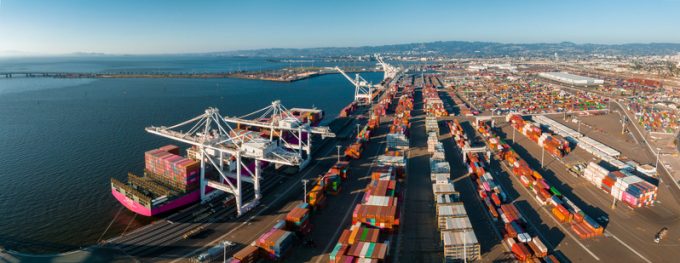'Pragmatic approach' needed for UP/NS transcontinental rail dream to work
US rail dragged into 21st century

Japanese container shipping line ONE has cemented its grip on its nascent port terminal network after completing the acquisition of a 51% stake in a series of TraPac and Yusen terminals in North America and Singapore.
It also completed the purchase of 20% stake in the ...

Comment on this article